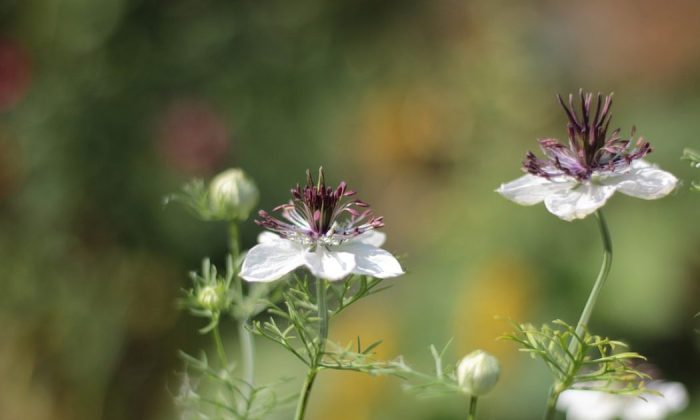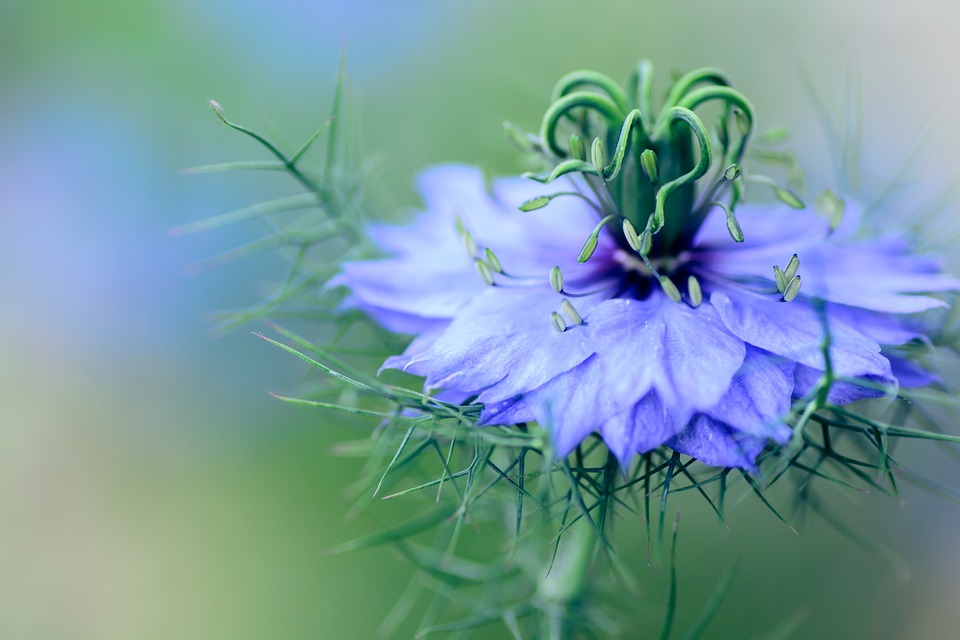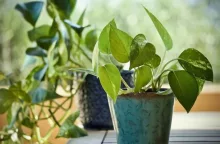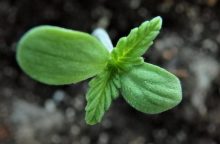Black cumin will grow in our climate well

Black cumin (Nigella sativa) is a medicinal plant known for millennia, but unfortunately, it has lost its popularity. But it was a very different in the ancient times. People saw this plant as a miraculous cure “that can heal everything except death” It was also known by its nickname: the black gold of the pharaohs.
The list of beneficial properties of this ancient medicine plant is truly impressive. Small black seeds and the oil obtained from the seeds are very valued. It has anti-inflammatory, antibacterial, antiviral and antifungal properties.
Using black cumin
Black cumin oil strengthens the immune system, and it is used to treat various eczema. Regular consumption of black cumin improves functioning of the digestive system and it also lowers blood pressure, regulates blood sugar and promotes liver health.
Photo: Pixabay
The good news is that you do not need to consume a lot. 1-2 teaspoons of seeds or one teaspoon of oil per day will do a great service. You do not need to consume more than that.
Black cumin as an ornamental and medicinal herb
Black cumin is a very undemanding plant and it will grow almost anywhere. It likes fertile and light soil, which should be sufficiently moist and contain plenty of calcium. Black cumin likes sunny and warm climate . With a bit of luck you can find it behind garden fences or even growing freely in meadows. If you see black cumin do not hesitate and collect the seeds.
Do not throw away seeds you did not use immediately (ripe seeds are dark black) and save them for sowing in spring. Sow seeds directly in the ground preferably in March or early April. Rows should be 30-40 cm apart. Weed the flower bed carefully before sowing. Do not worry you do not need to do that all the time. Fully grown black cumin does not mine other plans around it.
The best time to harvest black cumin is when most of the pods turn black and the seeds start falling out. The best way is to cut down the entire plant and get the seeds out. Leave the remaining stems in the soil and once they are dry you can plough the soil together with the dry stems. The harvested seeds need to be dry – air dried. Do not worry. Even dry seeds maintain the ability to sprout for several years.
Preview photo: Pixabay

Gardening is my hobby, I have a lot of experience and I am happy to share it.









0 comments